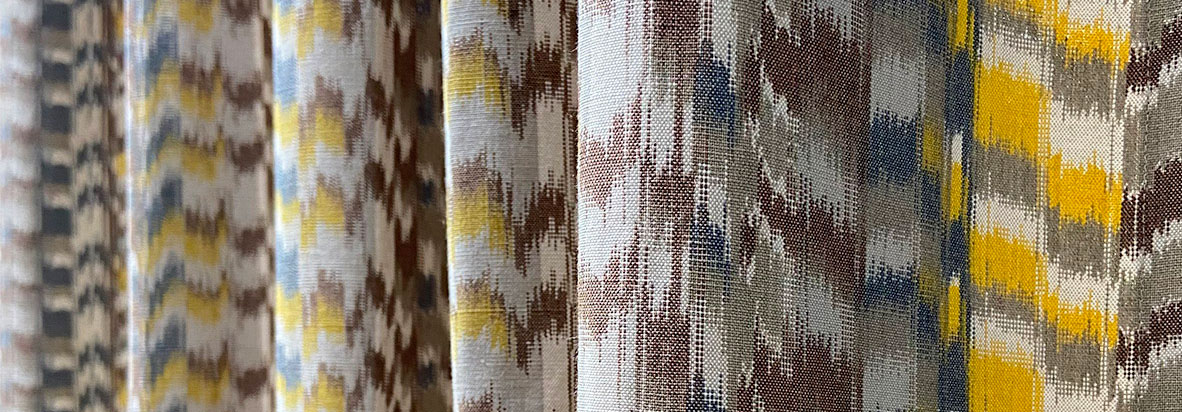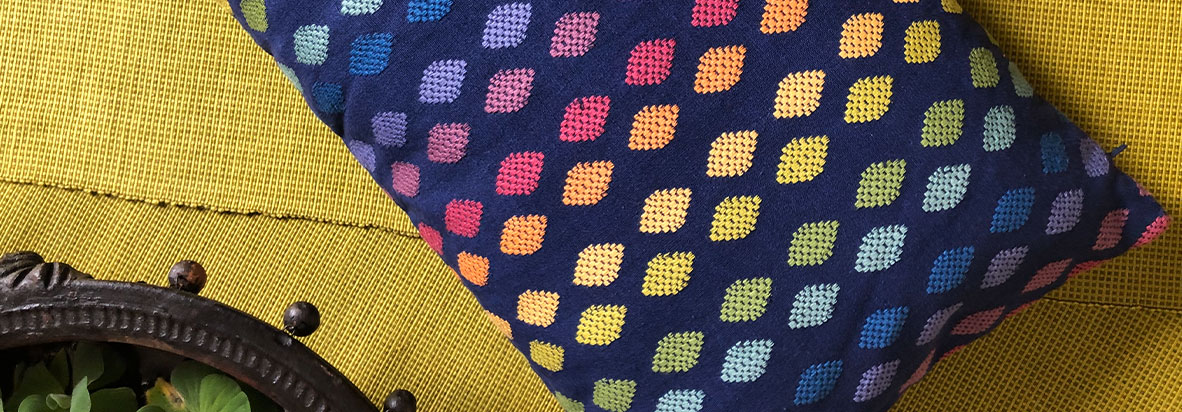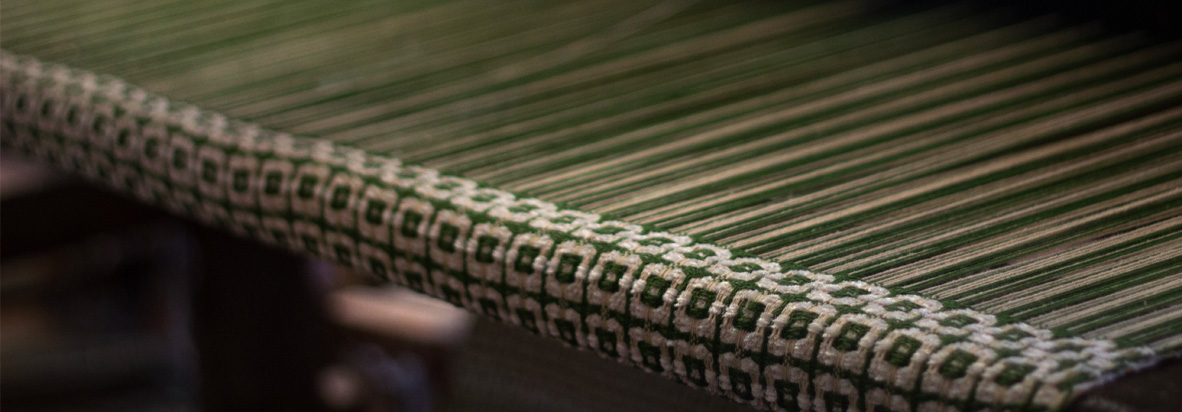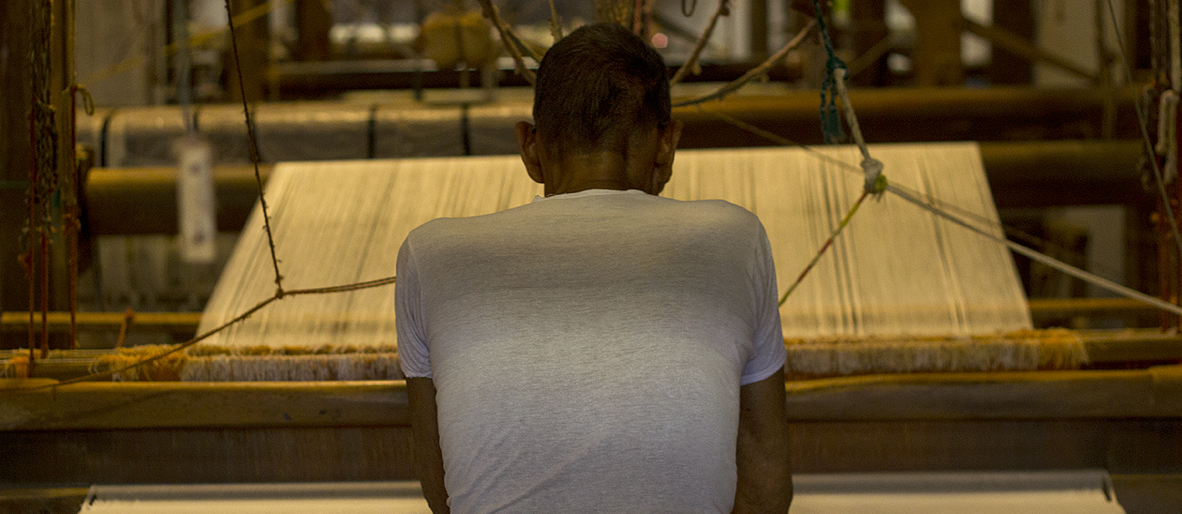- About
- All Categories
- Areca Palm
- Blog
- Bulk Orders
- Cart
- Chat with us
- Checkout
- Collections
- Cotton for a cause
- Covid-19 Update
- Customised Curtains
- Customize
- explore
- Export Customer file for Facebook
- Feedback
- Furnish Your Dream
- Furniture
- Get in touch
- Gift Cards
- Home
- Home old
- Home1
- International Orders
- Kitchen and Table Best Sellers
- My Account
- My Gift Card
- New Arrivals
- Payment Policy
- Privacy Policy
- Returns and Cancellation Policy
- Sale
- Sale Category
- Sale Today
- Shipping Policy
- Shop
- Shop the Look
- Subscribe
- Support
- Terms & Conditions
- test page
- Thank you
- Thank you
- Thank you
- Track Order
- Verification
- Weaver’s Diary
- Wishlist
International Shipping Available | Free Shipping on orders above ₹999/- | Newbies: Use code WELCOME200 for ₹200 off on orders above ₹2999* | Prepay and Save: Enjoy an Additional Discount**






